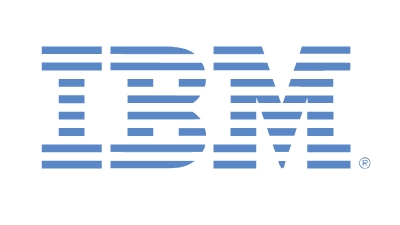Protect Customer Data, Reputation With Cross-Cloud Migration
Submitted by Lee Exall on

Microsoft's outage was egg on the face for one of the computing world’s biggest leaders. And for those companies that relied on Microsoft cloud capabilities to manage data and keep websites up and running, the outage was anything but a minor inconvenience. That’s because outages can mean more than just business not getting done.
Reputations Are At Stake
Consider this: How do most of us react when a website takes more than a second to load? In this “always on” society, a delay of any kind seems unacceptable. We move on to the next site.
Now, if you’re a business whose site or application is taking too long to load, or not loading at all, then you are potentially losing business, losing sales, losing inquiries and losing leads. But that’s not all you’re losing. Your brand’s reputation is taking a hit as well. A long load or a failed page load can leave customers thinking a little less of you than they did before, especially if it’s a consistent problem.
Cross-cloud Migration Can Help Save Them
The truth is, outages are a reality. No cloud provider can promise 100 percent uptime and availability. So, going in, people should expect some hiccups and some downtime. It’s up to each company to establish its threshold for how long it will allow an outage to stretch before it needs to take action.
Some companies can experience an outage lasting a few hours without sustaining any real damage, and others can work around an outage for a few days before a resolution becomes critical. When those companies reach that threshold, however, they need the flexibility to move their data to a new location, either internally or to another cloud provider.
That means DRaaS providers are going to have to be able to complete cross-cloud protection and migrations, that is the movement of physical and virtual systems to new cloud providers in a seamless, non-intrusive and rapid manner.
DRaaS providers need to offer multidirectional, one-to-many, cross-cloud protection and recovery choices that allow customers ease of recovery wherever an organization chooses to run its operations, whether that’s on-premise, or in a cloud environment.
NEXT: Gaining Control Over The Movement Of Data






